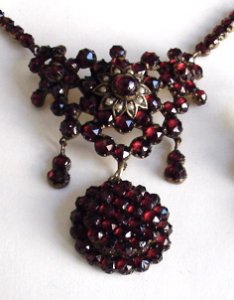innerkitten
Ideal_Rock
- Joined
- Aug 1, 2003
- Messages
- 5,623
I visited an appraiser the other day to have her look at my craigslist diamond. Of course we wound up talking about diamonds gemstones jewelry etc. You know how diamonds come out of the ground in a diamond crystal shape? They look like the diamond in a pack of cards. She pointed out how the old mine cuts and old european cuts were cut directly from these crytals which is why they sort retain the high small crown and longer profile. They wanted to keep as much stone as possible. Then she said when they invented the diamond saw they were able to cut these in half and that developed into the new modern brilliant cuts. Anyway this has all left me wondering where the rosecut fits into the time line and how they wound up with that shape? Isn''t it older than the OEC and OMC?









300x240.png)